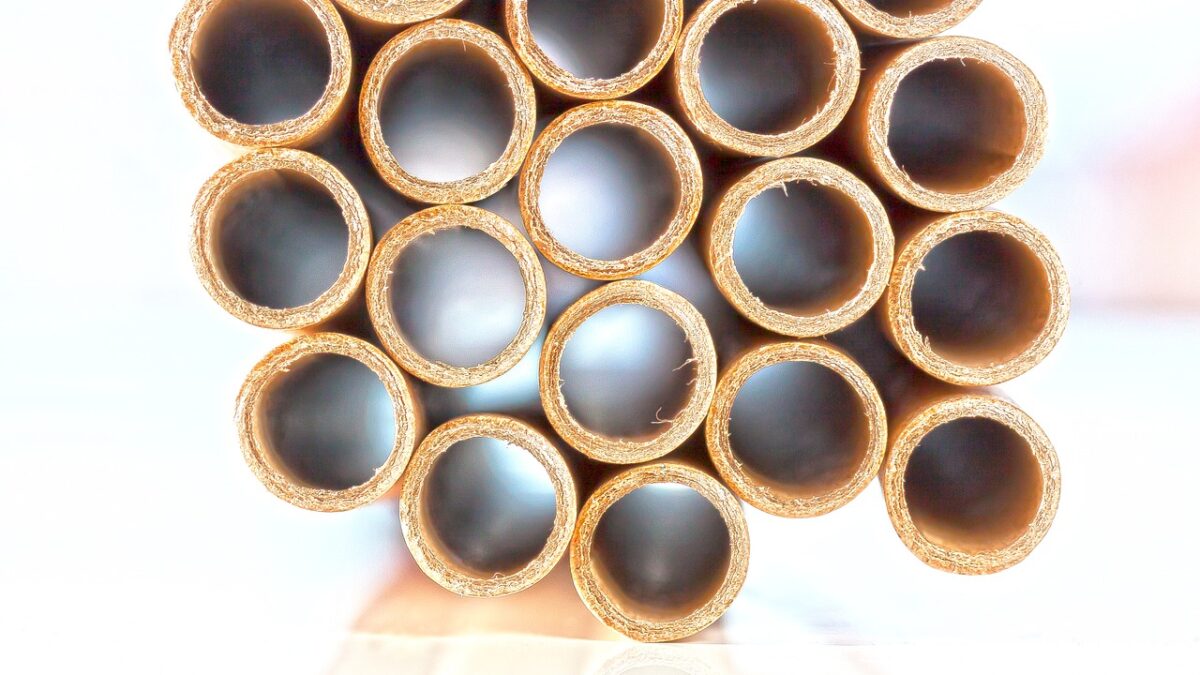
Things You Should Know About Cardboard Core Recycling In Australia ♻️
Cardboard Core Recycling Australia ♻️: First of all, what are cardboard cores? Do you know its uses? And of course, most importantly, can we recycle them after? You can discover all of that here by reading our blog below.
Recycling, more or less, often confuses plenty of people with no prior idea. It is really important to know what to and not to recycle for a cleaner and more sustainable environment.
In this blog, we will talk about an item that has become an essential aspect of our lives: cardboard core. Cardboard cores or tubes have a plethora of uses, often used in just a normal person’s daily life and/or something as big as the construction industry.
Below, we will discuss more on what you should know about cardboard core recycling in Australia. So, be sure to read on to learn more!
>Download Now: Free PDF Business Owners Guide To Commingled Recycling Bin Services
A bit about Waster
Before learning more about cardboard core recycling in Australia, let me share more information about Waster.
We here at Waster provide you with innovative solutions for your and your business’s waste management and recycling needs. Additionally, we provide flexible, 30-day contracts instead of the typical lock-in contracts, which proves to be better.
Click on the blue button to learn more.
Definition of cardboard core
First of all, some of you may not know what a cardboard core or tube is. Or, you might only know it as a support for paper towels. But as mentioned above, it has already become an essential part of our lives. Something as small as paper towels, tissues and as large as building structures. Basically, we enjoy its usefulness everywhere!
Cardboard cores are used for various products such as tapes, films, fabrics, wires, ribbons, stickers, paper and cardboard. Furthermore, food, chemical, printing and textile industries use it on their products.
The problem and solution
All of this is good and all, but there lies a big problem. Due to its usefulness in about any type of product and industries, we have limitless supplies of cardboard cores in the world. And, with a limitless supply, it may bring our environment to ruins when the near future comes. The future generation will suffer the consequences of our actions.
So, what can we, the current generation, do about this? No normal-thinking person would wish this to happen in the future. That is why recycling cardboard core – not just in Australia, but in the whole world – is a must to help clean and sustain the environment.
Is recycling this product possible? If so, how? And, what can we get from recycling it?
Is cardboard core recycling possible?
Of course, we should talk about its recycling possibilities. Simply put, you can definitely recycle your cardboard cores or tubes. Fortunately, there exist large markets for cardboard core or tube. As mentioned above, a lot of products in different industries require the use of cardboard core, so you can definitely recycle it. We can consider them as first-class materials to recycle because they were constructed from wood pulp fibre of the strongest quality.
Recycling should definitely be the main aim because once cardboard cores are sent straight to landfill, they remain there for a very long time due to how sturdy it is typically manufactured.
How is the recycling process done?
Recycling cardboard core in Australia or anywhere around the world means processing it and turning it back into a paper material that can again turn into a high-quality cardboard core.
We have two options when it comes to dealing with cardboard cores or tubes: cutting them down and putting them in the paper and cardboard recycling bin or shredding them down. You, of course, need to check what they are made of first.
Here is a typical process of recycling cardboard core:
First comes the “shredding the cardboard core” part. Then after that, the materials are mixed with water and the cardboard is broken and turned into a sort of paste. Additionally, the facility handling this will remove any other foreign material such as metals and plastics. Then comes the drying part – the facility tries to achieve a material called a noodle in the industry.
To achieve even better consistency, the noodle is moved to the machine and is mixed with water whilst being pushed and stirred. Certain chemicals are added to make the materials more resistant to water and fire retardant.
Basically, more processes happen which include compressing, drying and heating until the material transforms into spools of paper in big reels, where core and tube manufacturers get them and create high-quality cardboard cores or tubes.
Benefits of cardboard core recycling in Australia
We can find plenty of benefits in recycling cardboard core not just in Australia, but in the whole world. As you may know, our waste problem has grown bigger over the years ever since China became much stricter on their imported waste. So, it is only right that we try to recycle and recover as much as we can to enjoy its benefits.
Two comes into mind when thinking about cardboard core recycling benefits:
- recycling benefits – recycling, of course, has a number of benefits that include saving up on raw materials and resources, as well as attaining a cleaner environment.
- saving up on space – each day, more and more waste makes its way to landfills. In the near future, we might not have enough space to where we can put our waste, which will cause a major headache. So, recycling cardboard core can help save up landfill space in Australia, as well as the whole world.
Will the result be the same for pizza boxes? Watch our video to find out!

Contact Waster today for your cardboard core recycling or other needs!
Are you a business in need of waste and recycling bin services?
If so, please call 1300 WASTER (1300 927 837). You can also email us at enquiries@waster.com.au if you have any further questions. Find the best deals in terms of waste and recycling pricing and services!
4 Comments
Leave a Reply Cancel reply

Product categories
Most Popular Posts
-
Commercial Waste Management Services: Reduce Waste Collection Costs! 🚍
-
Medical Waste Disposal: Everything You Need To Find Out In 2024! 💉
-
Rubbish Removal Sydney 2024: Better Bin Collections For Business ✅
-
Clinical Waste Disposal 2024: What To Know About Business Clinical Waste ⚕️
-
Secure Document Destruction 2024: All About Security Bins Shredding 🔒
-
Free Cardboard Recycling 2024: Can I Get Free Cardboard Collection? 📦
-
Confidential Paper Disposal Bins 2024: What You Need To Know About Shredding! 🔒
-
Recycling Bins Australia 2024: Recycling Can Boost Your Profits! ♲
-
Commercial Wheelie Bin Collection: What Businesses Need To Know In 2024 🗑️
-
Commingled Recycling 2024: Why Commingled Bin Is Key To Recycling 🍾


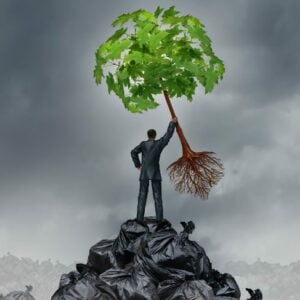

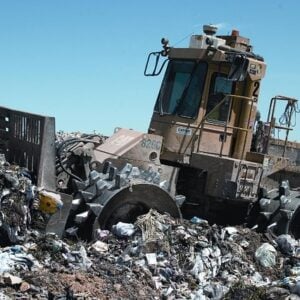
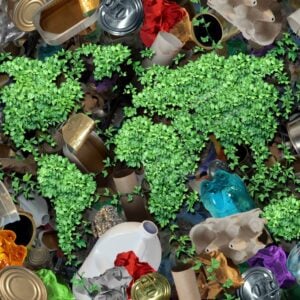

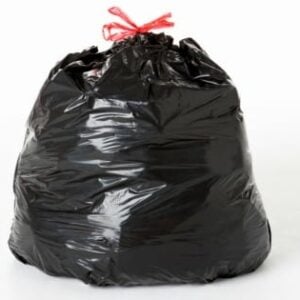

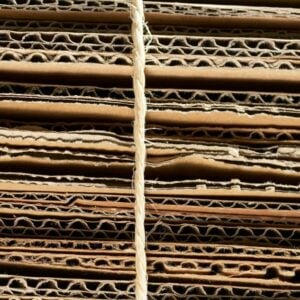
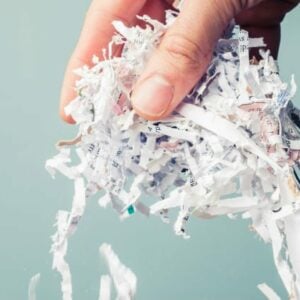



Hi. I’ve been trying to find some place where I can purchase new or used cardboard tubes or cores and came across your site. I have a small home business making plaster and concrete items for sale. I know it’s a longshot, but would you know of anywhere in Brisbane (southside if possible) where I can buy some cardboard tubes/cores? Would be great if you could help. Thanks
Hi Paula
I do not have any to suggest – however – most carpet, or curtain shops struggle to get rid of the cores – I would suggest you ask a carpet shop – as they pay to dispose of them.
Hi Paula,
I’m one of the companies that Aodhan mentioned below – trying to get rid of carboard tubes/cores. The ones we have range in diameter from 80mm to 250/300mm, and 2.5 to 3m long. If you are happy to come and pick up from our location in Yatala, I’m happy to give you whatever we have available. Let me know, and I’ll give you some contact details.
Hello Paula
Our company & our customers would love the opportunity to repurpose our cardboard tubes rather than sending them to landfill